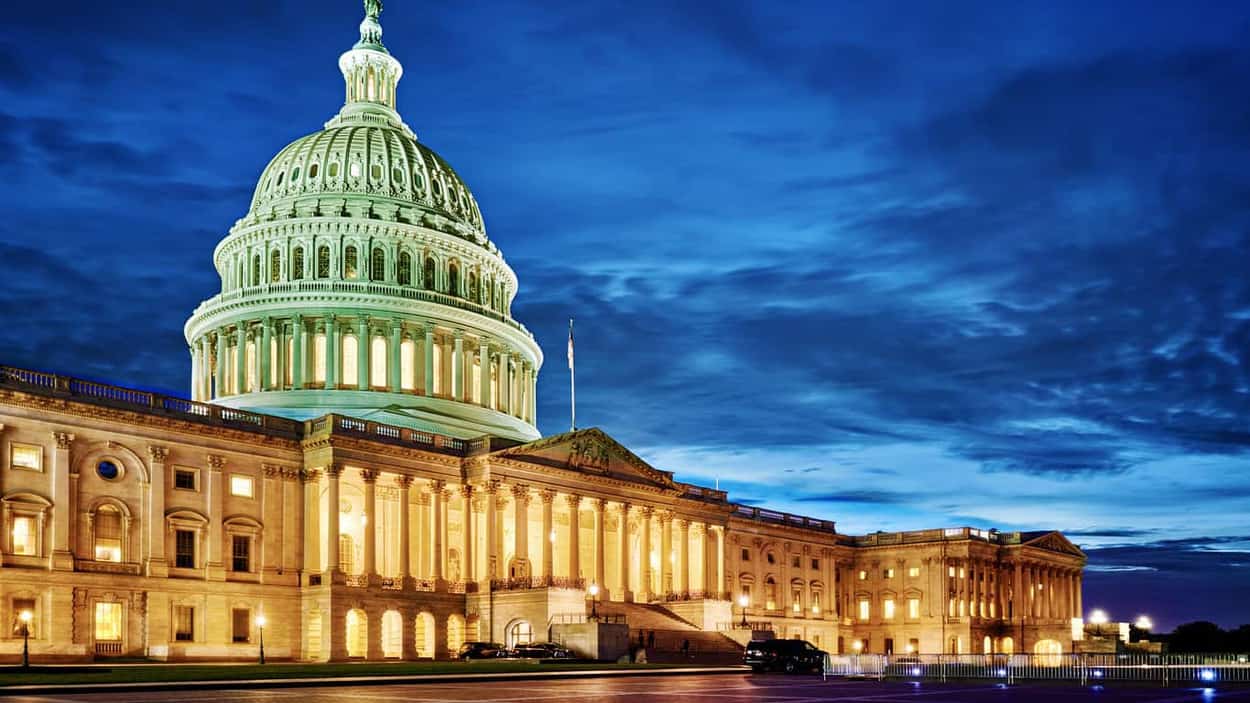
Seven Action Items for Businesses Once PPP Loans Are Funded
Disclaimer: This information was correct at the time of publication; however, new guidance from government agencies may be issued at any time, causing some or all of this information to change. Please visit our COVID-19 Business Strategy Hub for the latest news and ensure you are subscribed here to receive email alerts as they are released. We are working diligently to provide the most current information as it becomes available under our COVID-19 Actionable Insights For Businesses Series.
With the $2 trillion Coronavirus Aid, Relief, and Economic Security Act (CARES Act) signed into law by President Trump on March 27, 2020, many businesses are now starting to see benefits from the largest economic relief package in modern U.S. history. One of these benefits includes receiving funds from the Small Business Administration (SBA) 7(a) loans that were rolled out as part of the CARES Act Paycheck Protection Program (PPP). The response from businesses who were interested in this program was overwhelming as banks began accepting loan applications on April 3, 2020, and by April 16, 2020, the SBA announced it was no longer taking applications as $349 billion in initial PPP funding had been exhausted.
While initial PPP funds are no longer available, there is good news for businesses that did not yet submit their applications. On April 24, 2020, President Trump signed into law an additional $310 billion for the PPP. To learn more about how to take advantage of the expanded program, read our recent blog post: Alert: President Approves Additional $310 Billion for PPP Loans – What You Need to Know
For those companies who successfully submitted their applications and have received funding, many are wondering what steps they should take today to ensure they are set up to maximize loan forgiveness. Below we explore the top seven things businesses should be doing now.
- 1. Ensure that you are only spending loan proceeds on allowable expenditures, such as payroll costs, rent, utilities and interest on covered debts. Using the loan proceeds for anything not approved under the program could result in some serious discussions with the SBA and create a forgiveness issue on the backside.
- 2. Consider segregating loan funds in a separate bank account to more clearly track the use of the proceeds. If this is not feasible, at a minimum, we suggest separating the funds into a separate general ledger (GL) account to help with tracking.
- 3. Assign someone in your organization as the responsible party for tracking and pulling documentation for all expenditures qualifying for forgiveness. During your 8-week period, this person will act as the ‘forgiveness czar,’ making sure everything is tracking appropriately to qualify for maximum loan forgiveness.
- 4. Consider utilization of a master excel spreadsheet as a document to summarize all forgivable expenses, with weekly totals, and then a grand total. Be sure to use this document to reconcile your forgivable costs to your 7(a) PPP loan amount weekly. If you are interested in a spreadsheet template to help with tracking, please contact us.
- 5. Create a rolling 13-week cash flow analysis to manage your cash or another similar mechanism, such as an operating budget, to track financial results. In our current economic landscape, it is clear that cash flow is important. A short-term cash flow plan is essential in providing insight into where your business stands today and knowing what items in your weekly expenses can be deferred, reduced or eliminated to help mitigate potential challenges.
- 6. Keep a close eye on the 75% payroll rule (i.e., no more than 25% of forgivable expenditures can be non-payroll costs). This rule was not in the original bill and came out after the initial round of loan applications were submitted. As an example, if you borrowed a total of $1.2 million, but only spent $750,000 on payroll, the maximum amount of loan forgiveness would be $1 million assuming all headcount and salary levels required by the SBA have been maintained.
- 7. Strategically pay forgivable costs during your 8-week forgiveness period. If you have options for potentially reducing payroll or skipping rent or mortgage payments, do not take these actions during the 8-week covered period because these are the types of payments that can be forgiven.
It is essential to ensure you are taking the right steps with your SBA PPP funding to help ensure maximum forgiveness. If you need assistance managing your PPP loan funds or additional services tied to COVID-19, Moore Colson is available to help. To learn more, visit the COVID-19 Business Services section of our website or contact us.
We are committed to keeping you updated on how to navigate financial challenges associated with the Coronavirus pandemic. You can subscribe here to get our news and alerts as they are released.

Bert Mills, CPA, is the Managing Partner at Moore Colson. In his role, Bert sets the vision and mission of the Firm and works closely with the Firm's leadership to drive and implement strategies.

Andy Starnes, CPA, is a Partner and Tax Services Practice Leader Moore Colson. Andy’s specialties include corporate tax compliance and planning, business consulting and multi-generational planning with a focus on the construction, professional services and staffing industries.

Chris Arnone, CPA, is a Partner and Business Assurance Practice Leader at Moore Colson. Chris has over 20 years of experience providing audit, accounting and consulting services for companies in the transportation, manufacturing, distribution, staffing, private equity and venture capital industries.
